It’s been a while since the last “great” Three Musketeers movie. It’s been even longer since we’ve seen one in the original French. Enter Martin Bourboulon and The Three Musketeers: D’Artagnan, the first in a duology of movies that looks like it might be your favourite screen adaptation yet. In this Goggler exclusive, we got the chance to speak to director Martin Bourboulon about his version of the Alexandre Dumas classic, this “gritty” version of the story, and making a swashbuckling adventure movie.
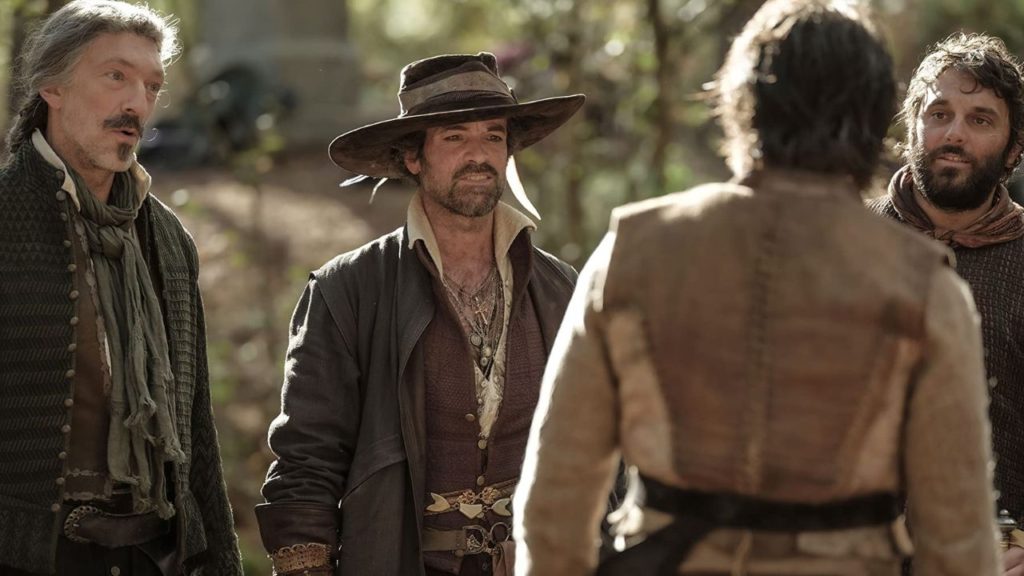
Umapagan Ampikaipakan: We think that this is one of the best adaptations of the Dumas that we’ve ever seen. The book has been put to the screen so many times, in so many different ways by Hollywood, but why do you think there have been so few French attempts at doing so?
Martin Bourboulon: First of all, thank you for saying that it’s one of the best adaptations. It’s very difficult for me to respond to the fact that there have been few French adaptations, and indeed, the last one dates back to 60 years ago. We were thus quite free and fresh to propose a new version of The Three Musketeers.
These are films that have a lot of visual ambition and require a specific grandeur, a cinematic scale, and these codes of adventure films are more often associated with Anglo-Saxon productions. And that’s precisely what we wanted to do with this film: to show that in France, we can reclaim the great stories of our heritage and offer films of equal magnitude with significant production value, just like American productions could do.
UA: The Hollywood versions of The Three Musketeers have always been so “clean.” We really enjoyed how gritty your version was. Can you talk to me about that decision?
MB: I’m glad you noticed the work on the visuals and the specific treatment to tarnish the image, to truly give it a weathered look. This concept was present since the very beginning. It was the “deal” we wanted to establish with the audience: to make the movie as authentic as possible and to do everything we could to make it believable. Believing in everything meant immersing ourselves in the context of the era, with clothing that wasn’t necessarily changed every day, and makeup that bore the effects of both the sun and the dust of the locations, and cities, of that time. It was a significant effort to create a worn-out visual aesthetic. We aimed at making it as accurate and, in a way, as visually appealing as possible.
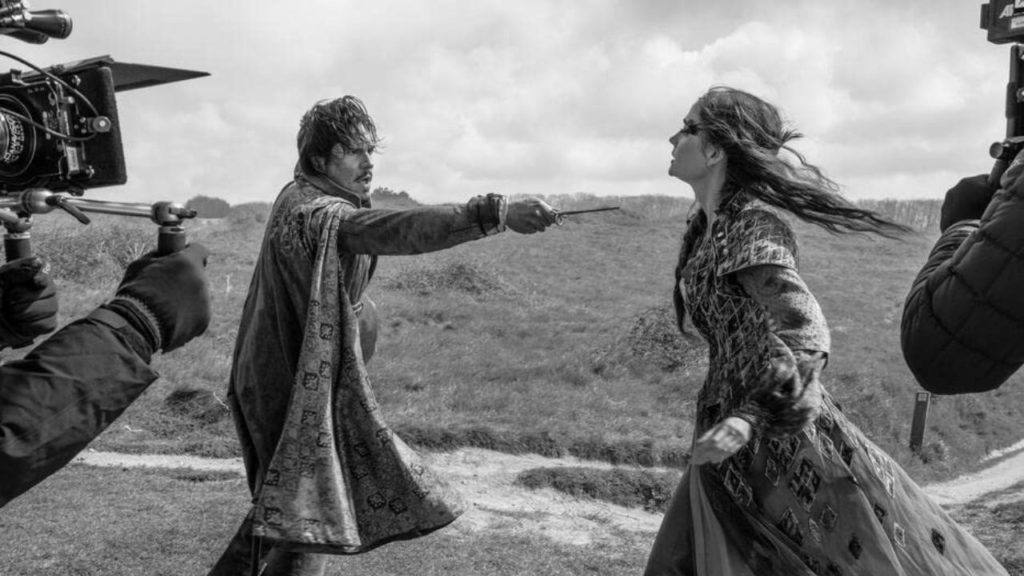
UA: What was it about this story that made you want to do this now? What did you want to do differently?
MB: When you decide to make a movie from a literary work that has indeed been adapted multiple times and was written several years, even centuries ago, you always have to face the fundamental question of the topics: to what extent are these topics still relevant and compelling today?
For me, the desire to create another version of the book was mainly driven by a visual reboot, which was our core guideline. It is on that basis that we built the project and proposed a new configuration in terms of costumes, sceneries and visual aesthetics. We tried to reinterpret and offer new ways of conducting the fight scenes as well. That was our main focus.
However, such themes are always very universal and timeless, such as loyalty, camaraderie, panache, and a strong sense of honour. They remain central, regardless of the period of time.
UA: We mean this in a good way. But The Three Musketeers: D’Artagnan doesn’t feel like a period piece. Can you talk to us about how you struck that balance in making an old-fashioned swashbuckling adventure with thoroughly modern sensibilities?
MB: The entire challenge of this film was to find the right balance between being a period piece, as the story takes place in the 17th century – embracing the language, the way the characters speak, including the use of formal address, which establishes camaraderie and friendship, and respecting the myth that we’re revisiting in 2023 – while also approaching the story with our contemporary filmmaking codes and grammar.
We attempted to preserve both the dialogue and the period style while incorporating a more immersive real-time filming experience, particularly in the action scenes. Additionally, the costumes’ dynamic tried to avoid anachronisms in reinterpreting the Musketeers’ attire, for example.
Our aim was to reach the right balance, respecting the essence and history of the original work and the era in which it took place, while adding contemporary elements as we need to tell this story in the present day.
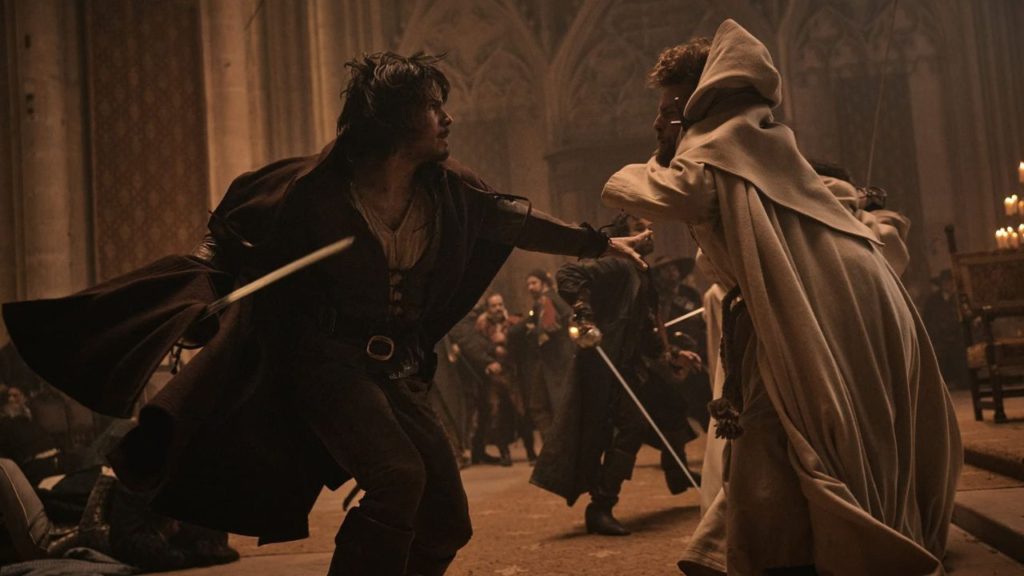
UA: In The Three Musketeers: D’Artagnan, each of the Musketeers’ fighting styles seem to reflect their own personalities. How did you and the actors go about crafting that?
MB: The casting process unfolded quite naturally. The choice of the actors to interpret the Musketeer was immediate. There was a clear fit for each of these four characters.
Regarding their appearance, clothing, and overall look, we worked on it with the actors. They were all able to contribute to the creation of their own style. Our guiding principle was to ensure that each character could exist instantly and be characterized by their distinct attires. For example, we wanted Aramis to have a particular dress code with his rings, necklaces, and other accessories. Then there was the dynamic of Athos’ character, whom we wanted to be a bit darker, somewhat more reserved. As for the other two, we had the vivacious Porthos and the spirited D’Artagnan.
It was essential to choose attires that not only characterised them in style but also allowed them to be agile, engaged, and lightweight in action.

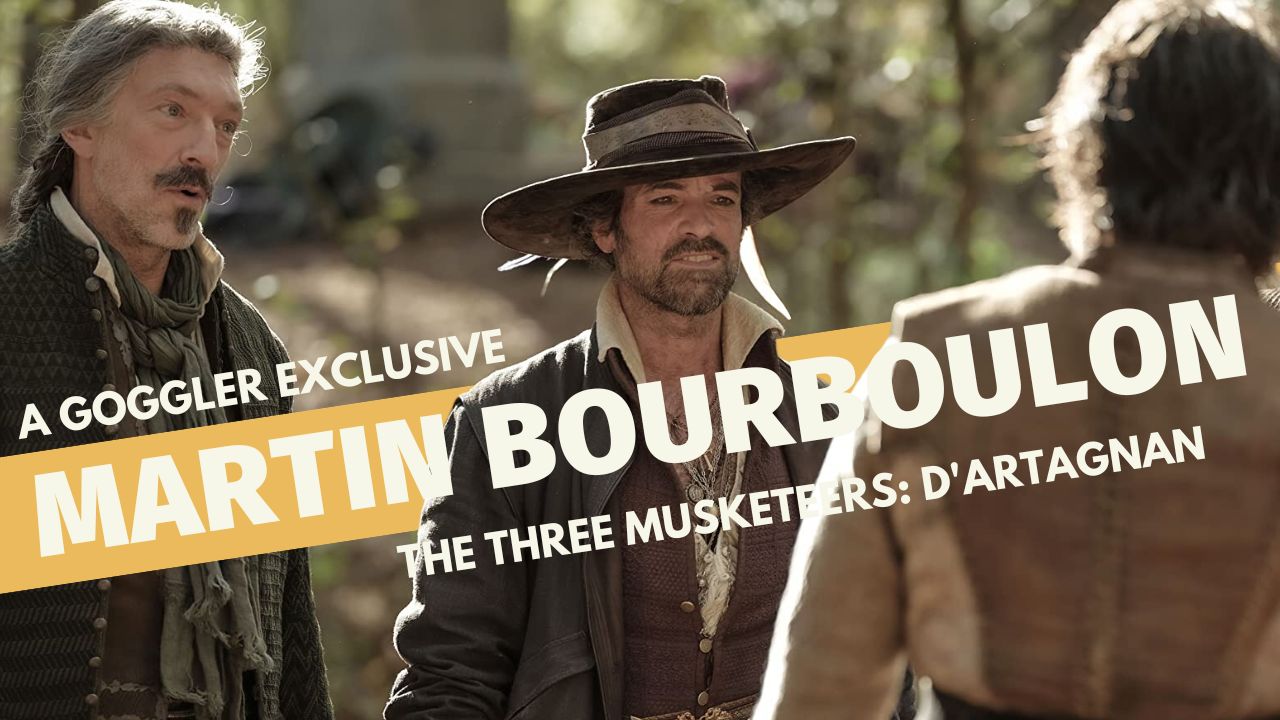
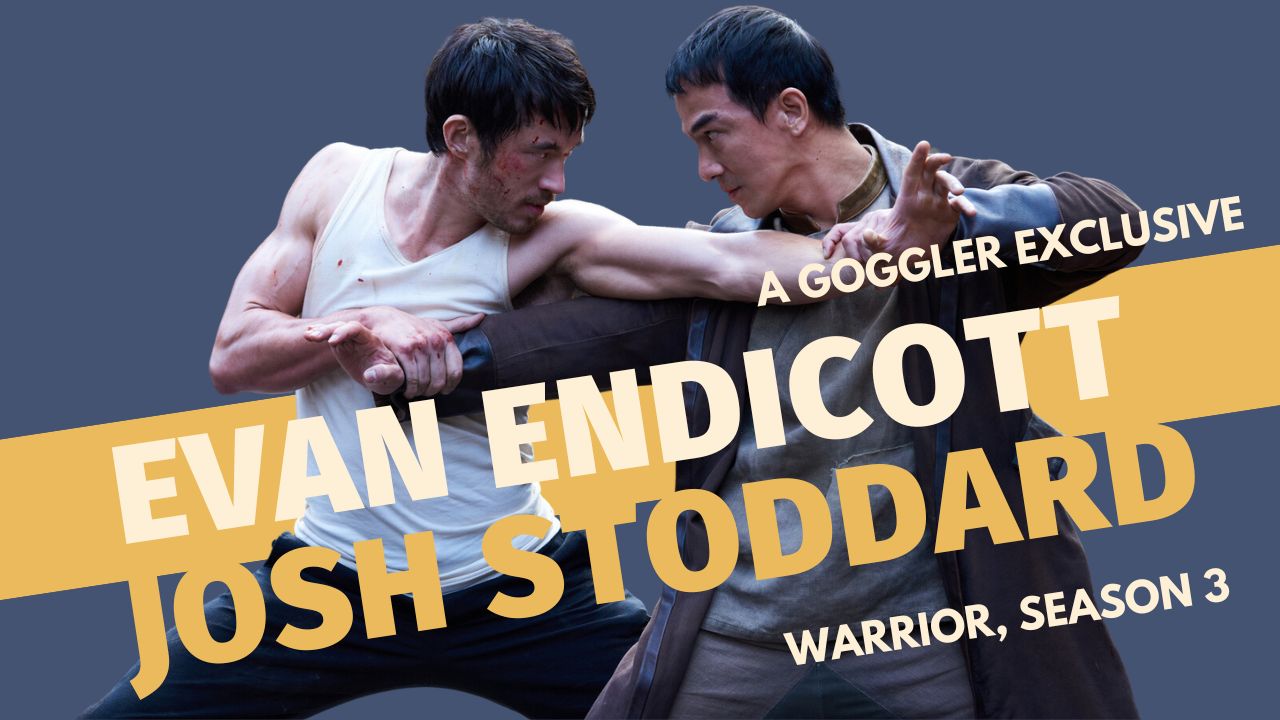
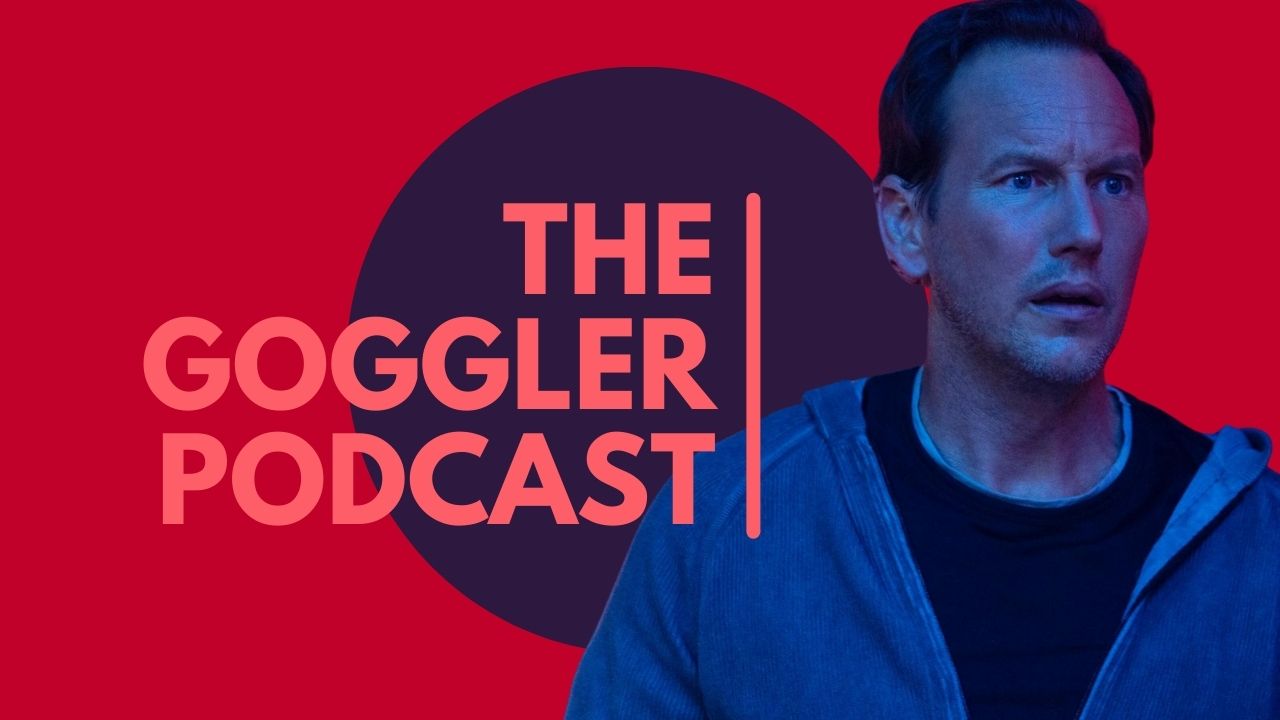
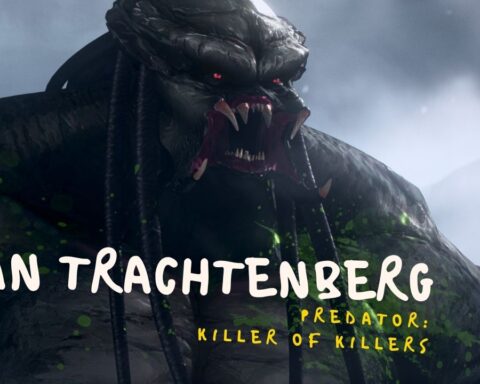
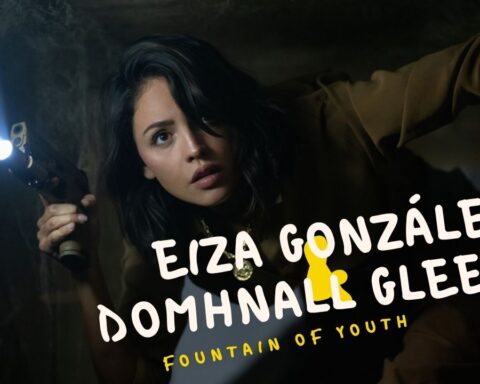
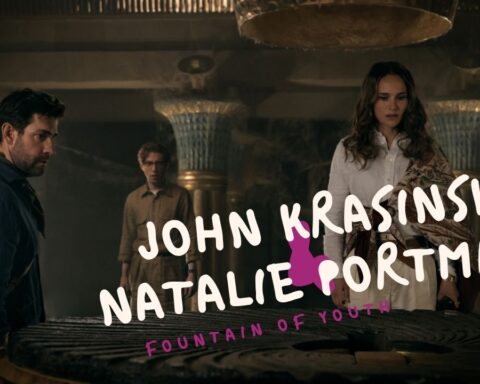
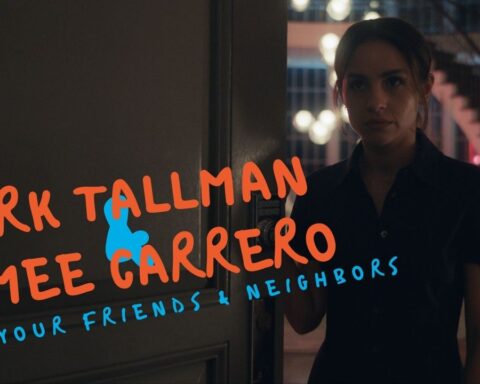
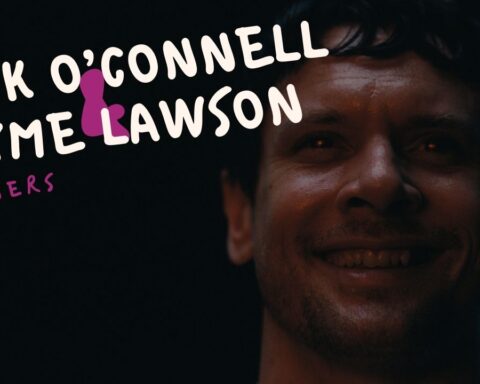
Follow Us